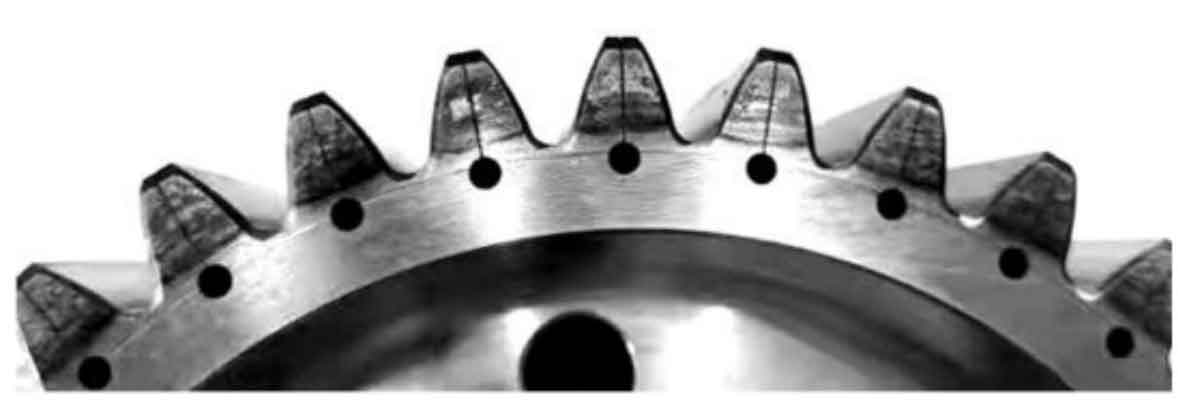The spur gear calculator is an invaluable tool for mastering gear ratios and achieving optimal performance in mechanical systems. It allows you to calculate and analyze various gear ratios, providing insights into gear system behavior and aiding in the design and optimization process. Here’s how a spur gear calculator can help you in mastering gear ratios:

Basic gear ratio calculation:
A spur gear calculator simplifies the process of calculating gear ratios by providing a straightforward interface. You input the number of teeth on the driving and driven gears, and the calculator calculates the gear ratio automatically. This fundamental calculation helps you understand the speed and torque relationship between the gears.
Gear ratio customization:
A gear calculator allows you to experiment with different gear combinations by inputting various numbers of teeth on the gears. You can quickly calculate and compare the resulting gear ratios to find the most suitable combination for your specific application. This flexibility helps you optimize the gear system for desired speed reduction or amplification.
Speed and torque relationship analysis:
In addition to calculating gear ratios, a gear calculator can provide insights into the relationship between speed and torque in a gear system. By inputting the input speed or torque and the gear ratio, the calculator can calculate the corresponding output speed or torque. This analysis helps you understand how changes in gear ratios affect the overall system performance.
Multiple gear stages and compound gear ratios:
Gear systems often involve multiple stages or compound gears to achieve the desired speed reduction or amplification. A spur gear calculator enables you to calculate and analyze gear ratios for complex systems with multiple gears in series or parallel. This feature is especially useful when designing gearboxes or multi-stage gear trains.
Reverse gear ratio calculation:
Some gear calculators also offer the capability to calculate reverse gear ratios. This functionality is particularly useful in applications where bidirectional motion is required or when designing mechanisms like reverse drives or back-drivable systems. Reverse gear ratios allow you to understand the gear system’s behavior in both forward and backward motion.
Visual representation and simulation:
Many gear calculators provide visual representations of the gear system, displaying gear arrangements, sizes, and motion. This visual representation helps you visualize how the gears mesh and rotate, aiding in understanding gear behavior and potential interferences. Some advanced gear calculators even offer simulation capabilities, allowing you to see the gear system in action and analyze dynamic behavior.
Efficiency and losses estimation:
Gear calculators may include options to estimate gear system efficiency and losses. By inputting parameters such as material properties, lubrication conditions, and meshing characteristics, the calculator can provide estimations of efficiency, power losses, and heat generation. This information helps you evaluate the overall system performance and identify areas for optimization.
Comparative analysis:
A gear calculator allows you to compare different gear designs by calculating and analyzing gear ratios for each design. You can evaluate multiple gear configurations side by side, considering factors such as gear size, weight, complexity, efficiency, and cost. This comparative analysis aids in selecting the most suitable gear ratio for your specific application.
By utilizing a spur gear calculator, you can effectively analyze and master gear ratios, optimizing gear systems for specific performance requirements. It empowers you to experiment with different gear configurations, understand the relationship between speed and torque, and make informed design decisions that lead to efficient and reliable mechanical systems.
